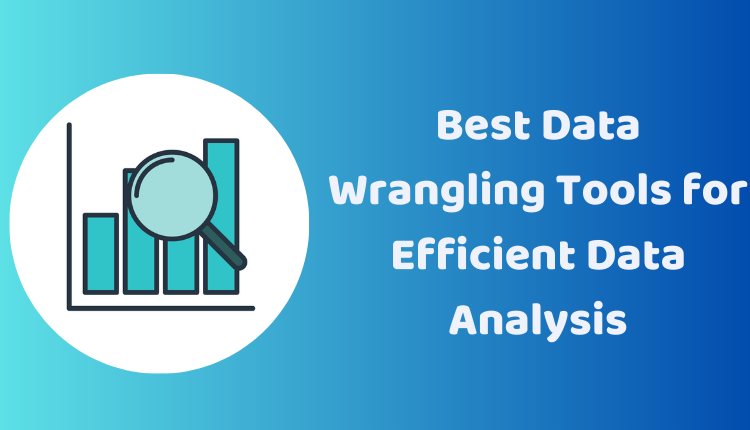The 10 Best Data Wrangling Tools for Efficient Data Analysis
Data wrangling, also known as data munging, is an integral part of the data analysis process. It involves the process of cleaning, structuring and enriching raw data into a more usable and understandable format, making it easy for data analysts to pull out meaningful insights quickly. With the increase in data generation, the importance of data wrangling has grown immensely.
Often, data analysts and data scientists spend a majority of their time in the data preparation stage, so finding the right data wrangling tools can significantly streamline the data analysis process. In this article, we will explore ten essential data wrangling tools that aid in efficient data analysis.
1. Python
Python is one of the most versatile programming languages for data wrangling and analysis. It’s packed with libraries like Pandas for data manipulation, NumPy for numerical operations, and SciPy for scientific computing, making it a powerful tool in the data science toolkit.
Pandas
Pandas is a Python library that provides flexible data structures, designed to make working with structured data fast, easy, and expressive.
NumPy
NumPy is a package for scientific computing with Python, providing support for large, multi-dimensional arrays and matrices, along with a collection of mathematical functions to operate on these arrays.
SciPy
SciPy is another Python library used for scientific and technical computing. It contains modules for optimization, linear algebra, integration, interpolation, and other science and engineering tasks.
2. R
R is a language and environment for statistical computing and graphics. R offers various packages such as dplyr for data manipulation, tidyr for tidying data, and ggplot2 for data visualization, which make it a strong competitor for Python in data wrangling and analysis.
3. Microsoft Excel
Microsoft Excel is a spreadsheet program with data manipulation and analysis capabilities. While it lacks the power of programming languages like Python and R, Excel’s ease of use and widespread familiarity make it a popular choice for basic data wrangling tasks.
4. Google Sheets
Google Sheets, a web-based counterpart of Microsoft Excel, offers data wrangling capabilities in a more collaborative and sharable format. Like Excel, it’s great for simple tasks but might not be sufficient for large-scale, complex data wrangling operations.
5. OpenRefine
OpenRefine (previously Google Refine) is a powerful tool for working with messy data, cleaning it, transforming it from one format into another, and extending it with web services. OpenRefine is ideal for spotting and rectifying inconsistencies in your dataset.
6. Talend
Talend, an Extract, Transform, Load (ETL) tool, allows you to extract data from various sources, transform the data, and load it into a data warehouse or data lake. This tool helps automate the data wrangling process, making it an essential tool for managing large datasets.
7. Trifacta Wrangler
Trifacta Wrangler is a data wrangling tool specifically designed for exploratory analytics. It provides a user-friendly interface that’s intuitive for non-technical users, while offering a wide array of advanced functions for cleaning, structuring, and blending data.
8. Dataiku
Dataiku is a collaborative data science platform that bridges the gap between data analysts and scientists. Dataiku helps in cleaning, transforming, and analyzing data, while also providing features for building, deploying, and monitoring predictive data flows.
9. IBM SPSS Modeler
IBM SPSS Modeler is a predictive analytics platform designed to bring predictive intelligence to decisions made by individuals, groups, systems, and the enterprise. The tool offers advanced data preparation capabilities, algorithms, and modeling practices.
10. RapidMiner
RapidMiner is a data science platform that provides an integrated environment for data preparation, machine learning, deep learning, text mining, and predictive analytics. It is a great tool to streamline the process of building and deploying machine learning models.
Conclusion
These tools significantly improve efficiency and effectiveness during the data wrangling process. The choice of tool will depend largely on your specific needs, such as the size and complexity of your data, your technical proficiency, and the tasks you aim to accomplish. Explore each tool, understand its capabilities and see which fits best with your data analysis pipeline.

